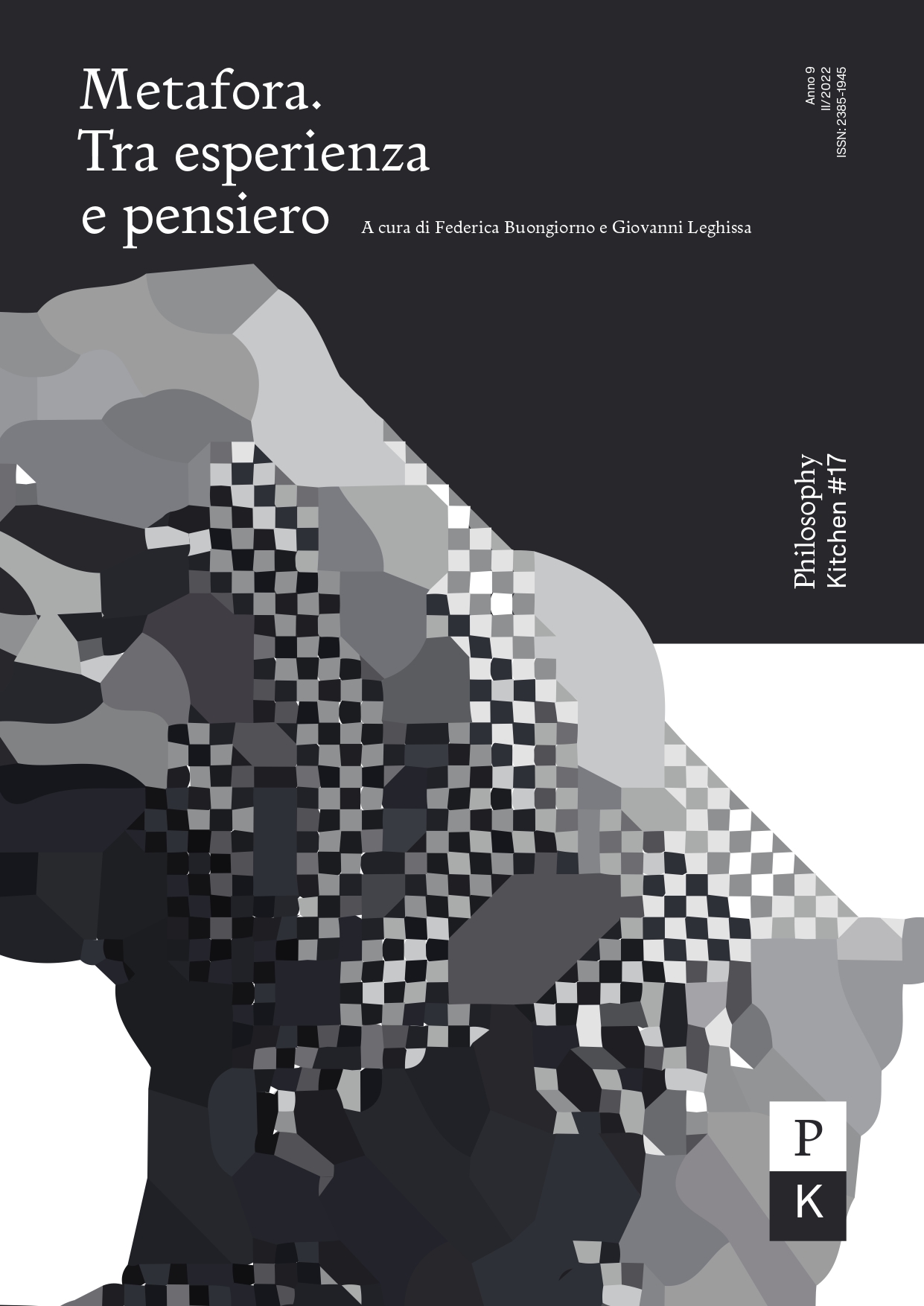Casa come me. Villa Malaparte: storia di una metafora annunciata
DOI:
https://doi.org/10.13135/2385-1945/7192Abstract
There are countless metaphors that have tried to solve villa Malaparte’s architecture in Capri. Designed by an architect, Adalberto Libera, and built by a man of letters, Curzio Malaparte, the architectural history of the villa remains a contentious issue. This is presumably one of the reasons why the villa is so iconic. Its uniqueness gave rise to a proliferation of metaphors that try to answer the meaning of the architecture. It will be considered the metaphor of the house as a ziggurat, in relation to the image of architecture that represents the pillar that separates heaven from earth. Thereafter it will be tackled the possibility of an analogy with the architecture of the Greek theatre, in light of the immersion in the natural elements, that is characteristic of the classical tragedy. Then the villa will be examined as a prison, on the basis of Malaparte’s experience of confinement and immersion in Lipari’s landscape, linked to the extraordinary nature of Capri and its condition of isolation. The possibility of reading the architectural project as an intersemiotic translation is therefore analyzed, starting from the relationship with the pages from La Pelle, in which the villa is described. Semiotic analysis can be fruitful in grasping the condensation of metaphorical figures related to villa Malaparte, in order to approach the meaning.






